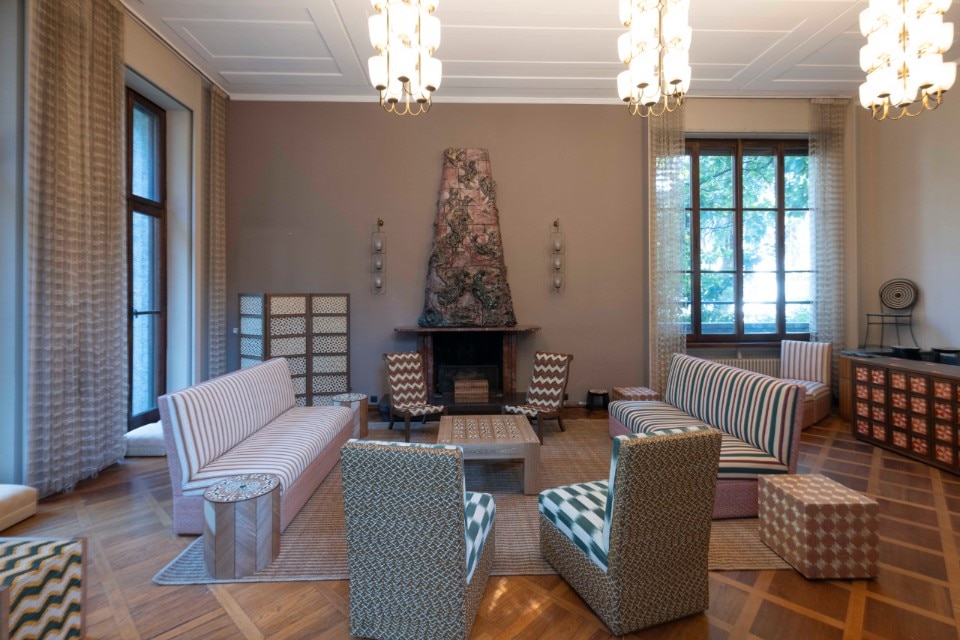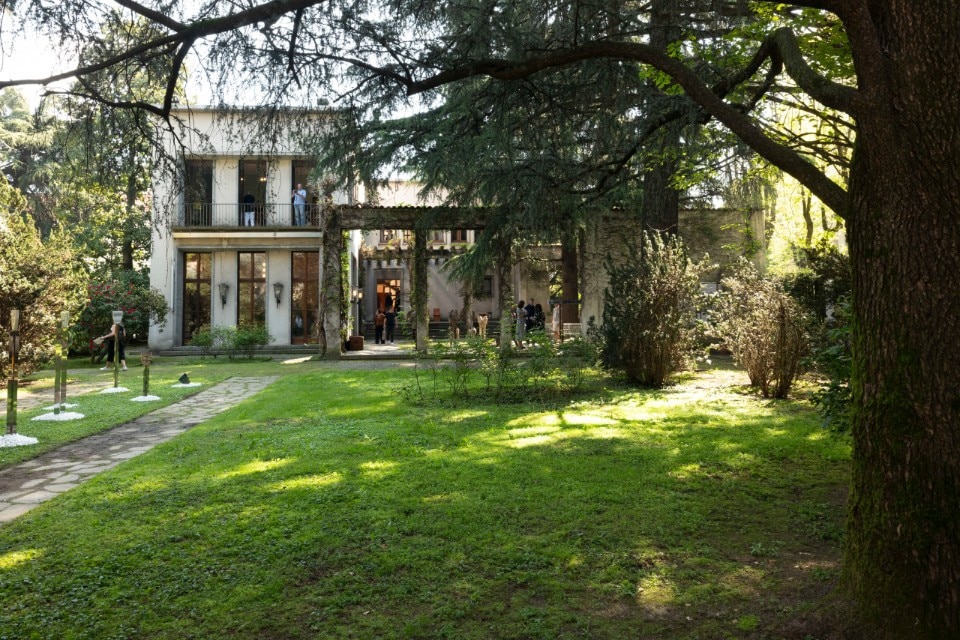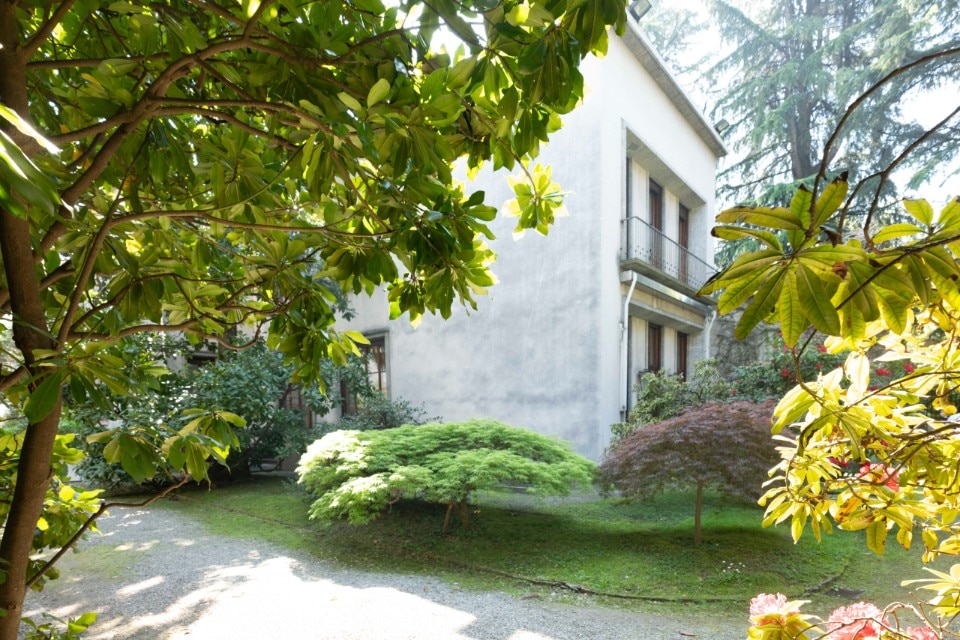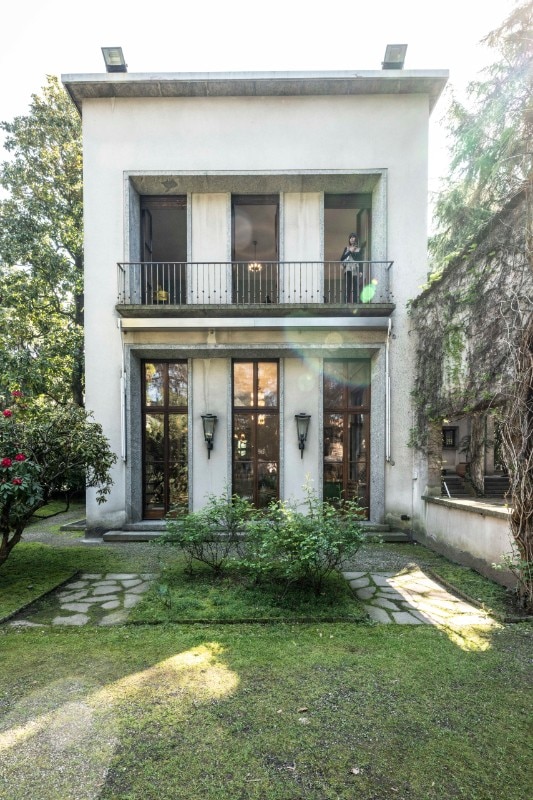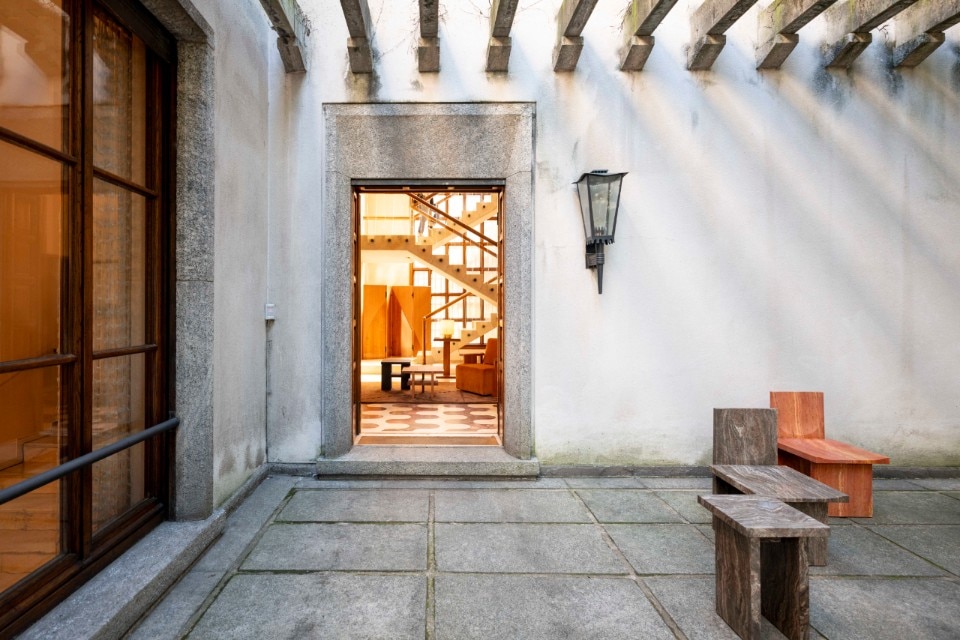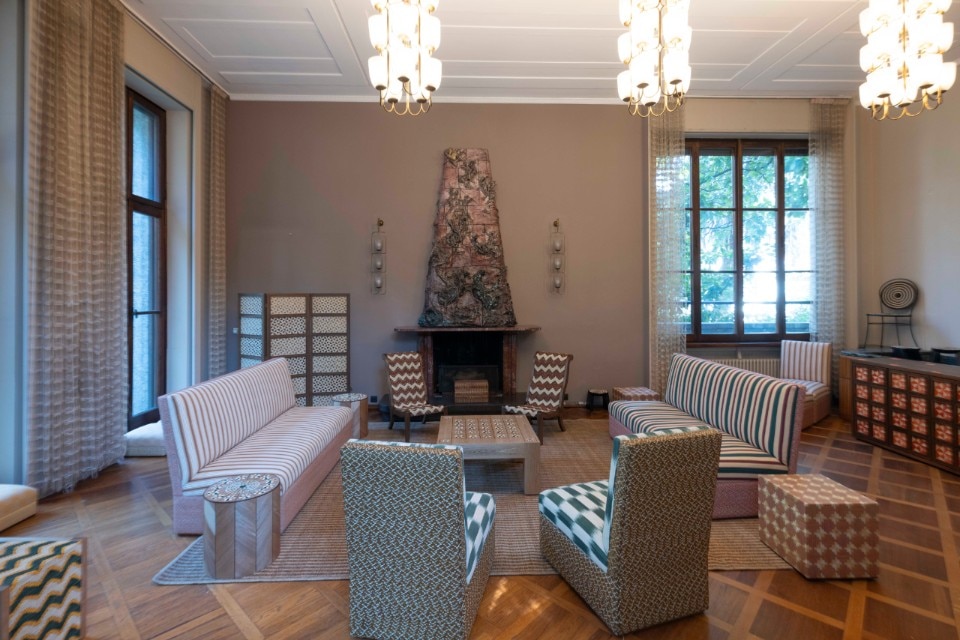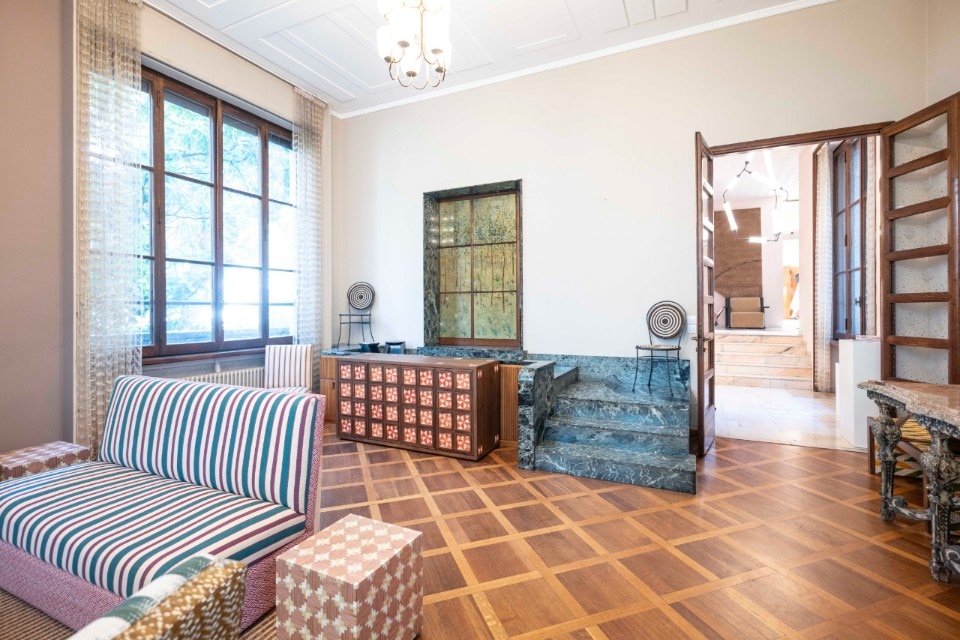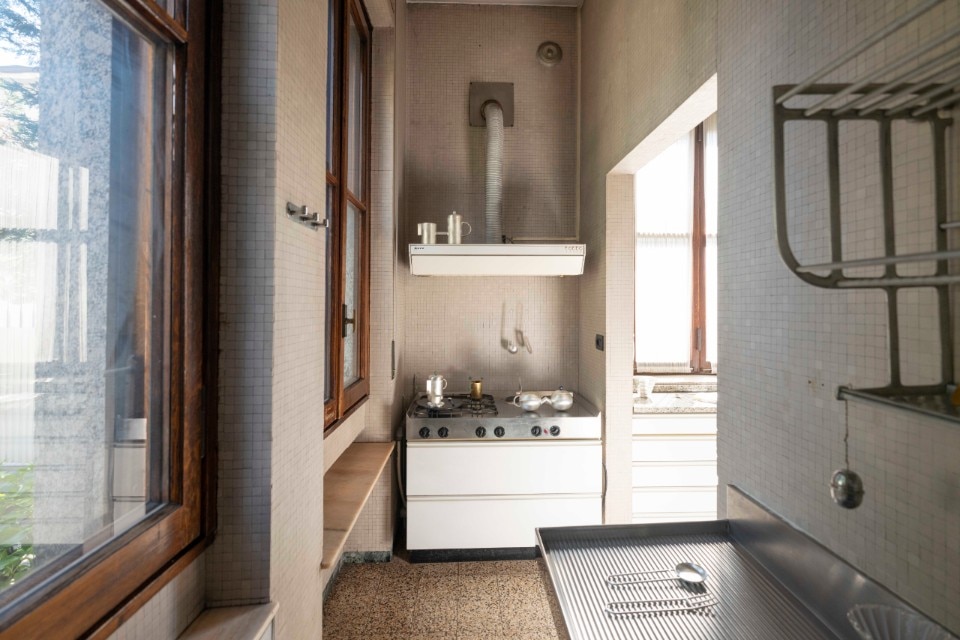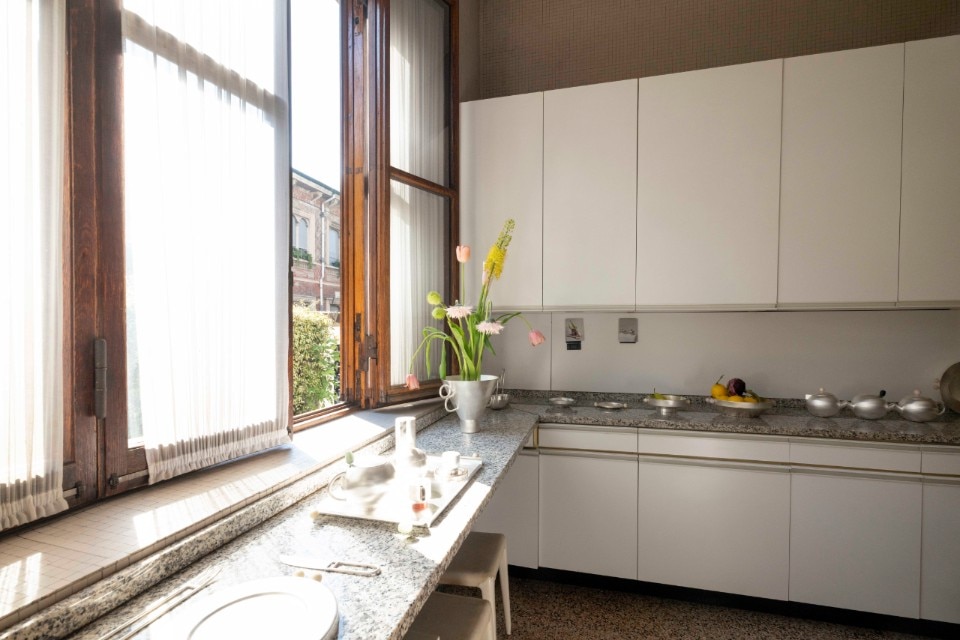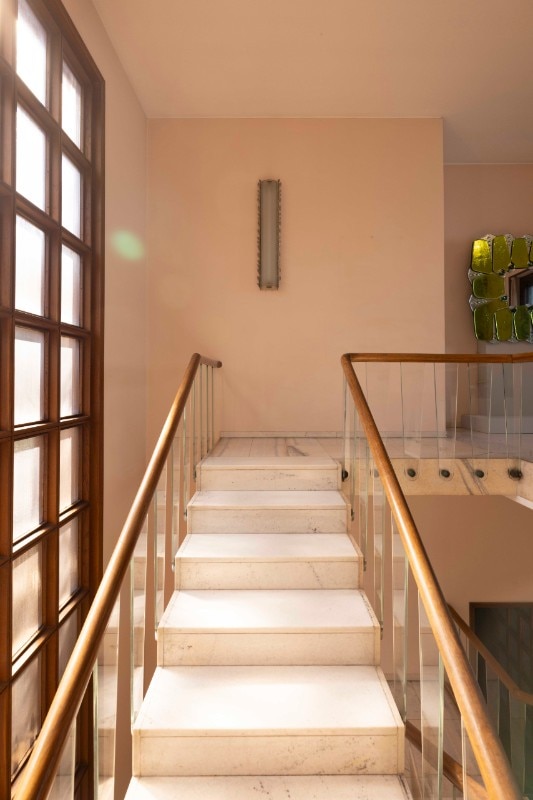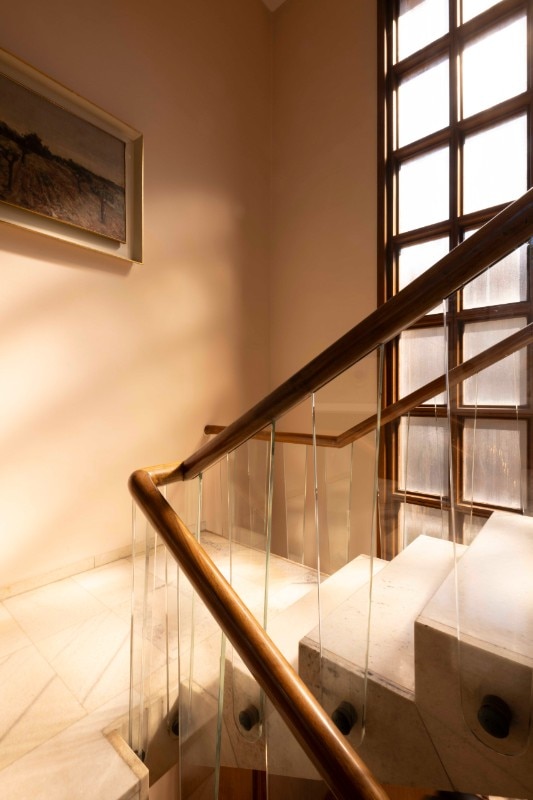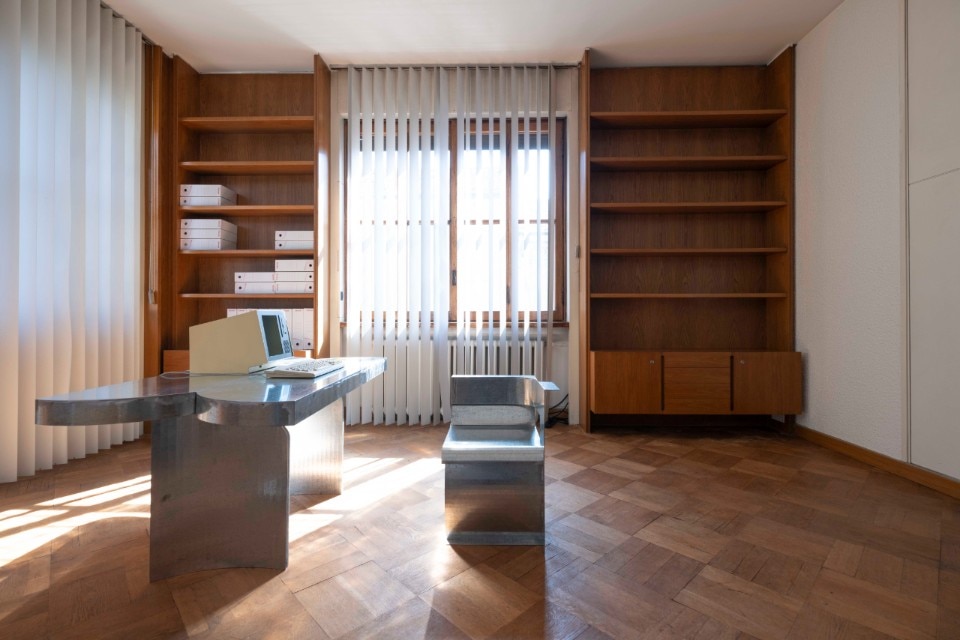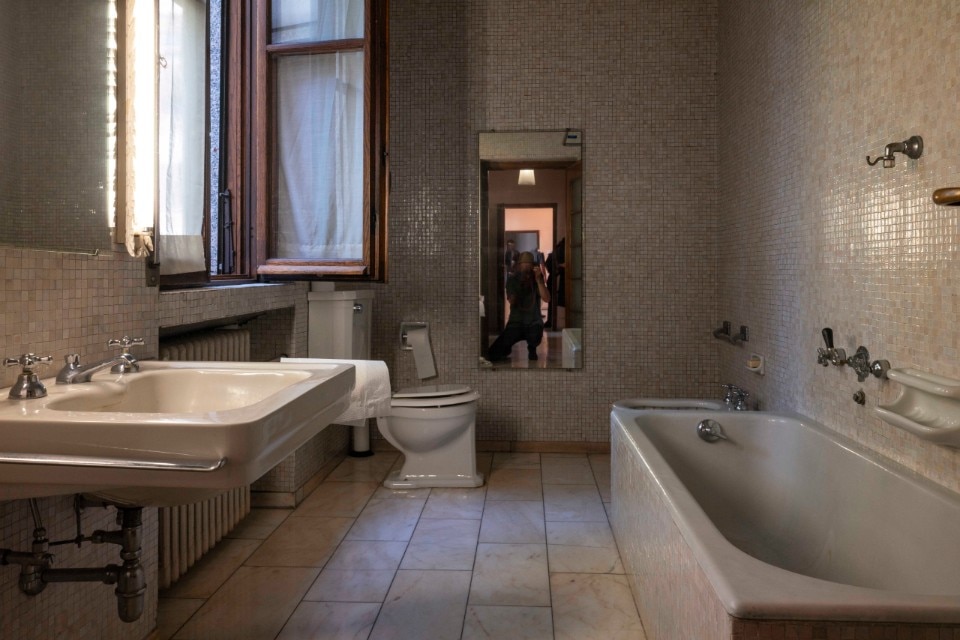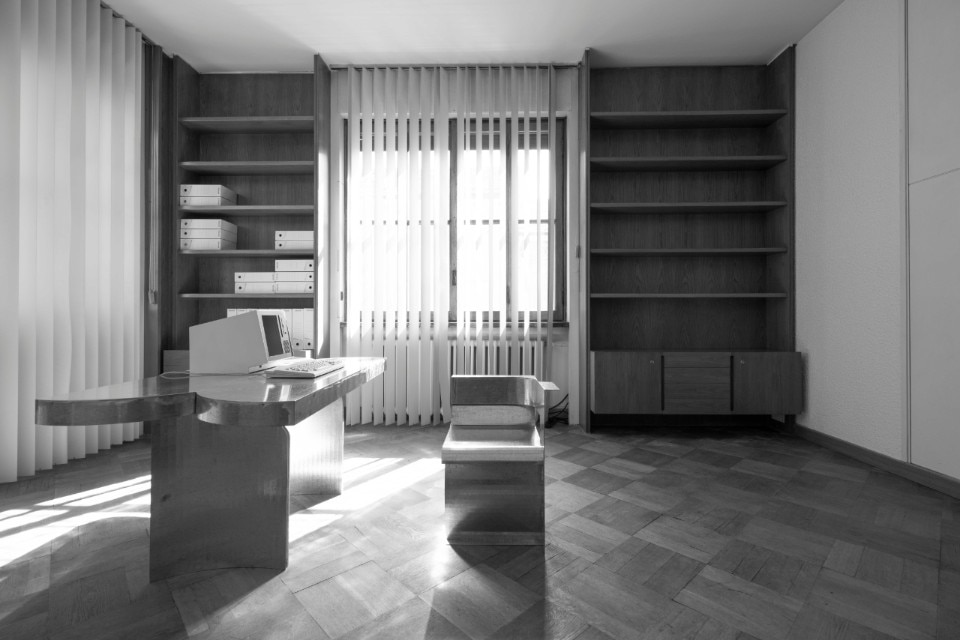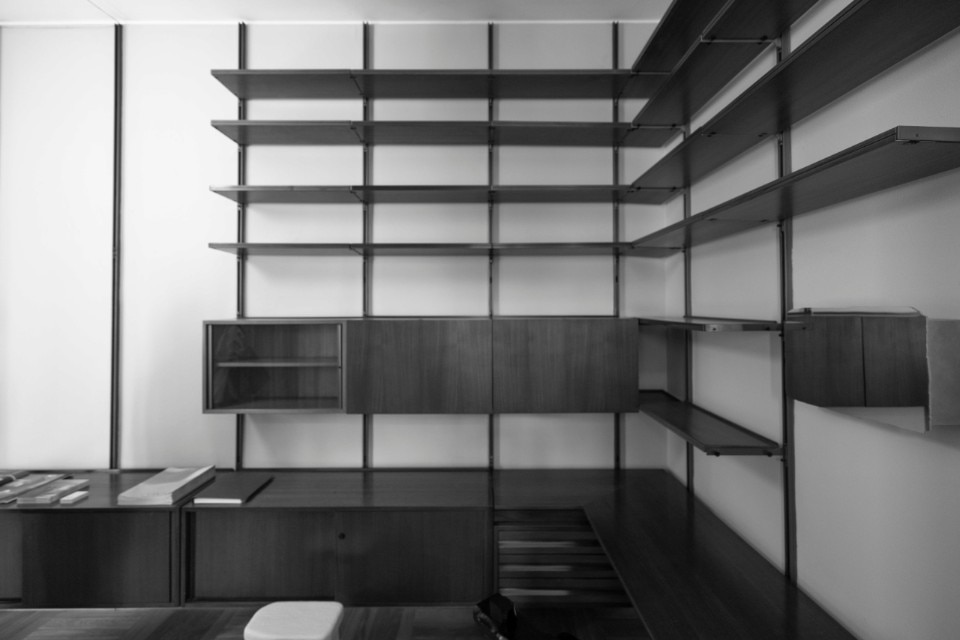When considering the history of Italian design, especially Milanese design, one must begin with the rich history of the villas of the surrounding area, particularly the area north of Milan, often referred to as the Brianza region. These villas, which have dotted the mythical landscape of Brianza for centuries, served as showcases for the refined craftsmanship of furniture and decorative accessories, created first to facilitate the leisurely pursuits of the aristocracy, and later the bourgeoisie, during extended vacations.
The most famous of these is the Villa Reale in Monza, considered the birthplace of modern Milanese design. It all began with the creation of the University of Decorative Arts in 1922, followed by the Biennale of Decorative Arts the following year, and finally the Milan Triennials from 1933. These venues served as “accelerators” for ideas, art, and emerging design, where artists, craftsmen, and architects met with their patrons, who moved from private patrons to a wider public audience, marking the beginning of Italian design history.
The Villa encapsulates countless stories of design, entrepreneurship, family, craftsmanship, art, and architecture.
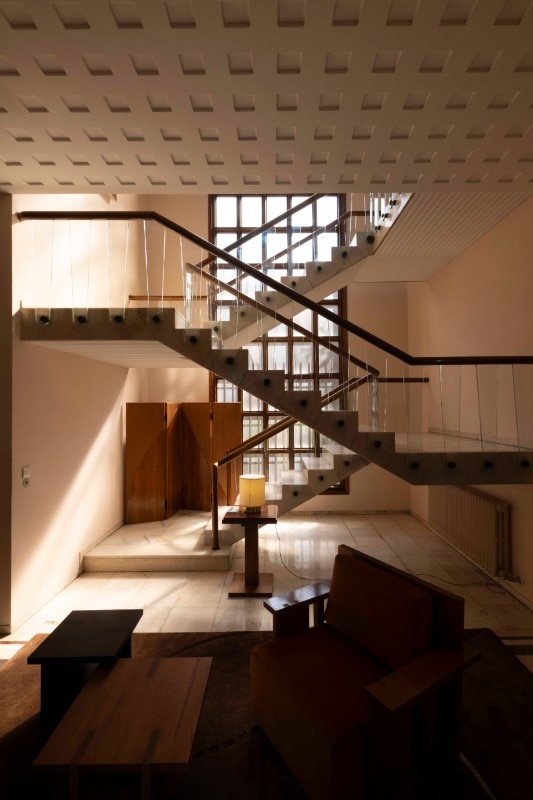
Up to a certain point in history, there was a clear division: aristocrats commissioned the construction of villas and lived in them, while artisans made furniture in their workshops. Between the 1940s and 1960s, however, there was a shift that led to the emancipation and modernization of some artisans. They became entrepreneurs and industrialists, representing a new middle class that emerged with economic growth and changing social norms.
Among the many villas scattered throughout Milan and the Triangolo Lariano (in the province of Como), one stands out because it encapsulates countless stories of design, entrepreneurship, family, craftsmanship, art, and architecture.
In Varedo, a small town halfway between Milan and Como, stands Villa Borsani, designed in the early 1940s to serve as the new home and showcase for ABV, Arredamenti Borsani Varedo. Founded in 1923 by Gaetano Borsani with the aim of producing “furniture of art and style,” the company later moved to a new production facility adjacent to the house.
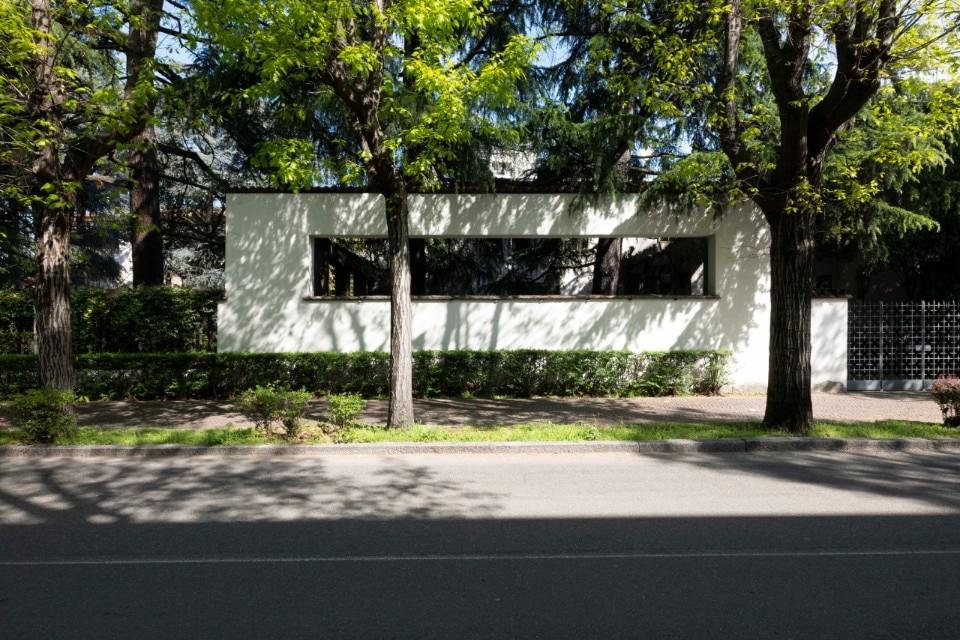
Gaetano was the father of Osvaldo and Fulgenzio, twins and partners who, building on this family legacy, founded one of the most influential contemporary design companies in 1953: Tecno.
While Fulgenzio managed the administrative aspects of the business, Osvaldo, who had studied architecture, focused on the creative side. Naturally, he took the lead in designing this new architecture, rich in spatial innovations and emblematic of a vision that considered landscape, architecture, interiors, furniture, and art as elements of a unified design meant to be inhabited.
What truly captivates is the design of the built-in furniture, fixtures, niches, and concealed compartments for domestic necessities, often integrated seamlessly within the walls.
The clear influences on the young Osvaldo, who had already demonstrated his talent with the “Casa Minima” designed and built as a student for the 1933 Triennale, were direct references to his academic mentors such as Muzio, De Finetti, and Portaluppi, who were reshaping modern urban spaces in Milan. Indirectly, he also paid homage to the masters of these mentors, the pioneers of early twentieth-century Central European architecture, including Behrens, Tessenow, and, above all, Loos, with his groundbreaking concept of the Raumplan, a spatial design of interconnected spaces on multiple levels.
This design philosophy is key to understanding the typological layout of Villa Borsani, characterized by a careful distribution of spaces that seamlessly flow between different levels, blurring the boundaries between interior and exterior. The result is an asymmetrical yet harmonious arrangement of rational volumes that integrate with the natural surroundings of the garden.
Approaching the house, visitors are greeted by a long boundary wall that dynamically marks the main entrance. Beyond this boundary, the articulated access to the house is filtered by a raised pergola and a patio adorned with large trees, creating a serene transition from the outside world to the interior spaces.
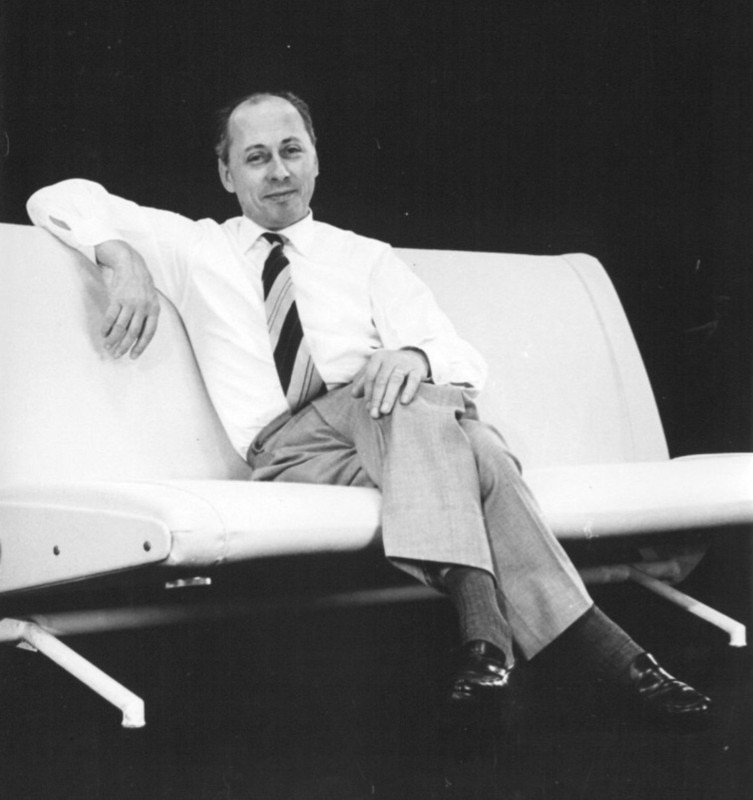
Within the enclosed volume, a staircase crafted from pink Candoglia marble (the same material used in the Duomo of Milan) warmly welcomes guests into a luminous and airy environment that serves as a manifesto for the architectural journey ahead.
Among the main spaces, a cozy study serves as the initial reception area, while the residence unfolds on the opposite side. Here, a dining room offers direct or indirect access to the spacious sunken living room, which opens up to views of the garden. Upstairs, a guest room occupies the staircase’s landing, while an open hallway leads to the wing designated for the master bedroom, along with several service rooms. Notably, the so-called corridors are not merely transitional spaces but are designed as areas of their own, offering opportunities for various activities and pauses along the way.
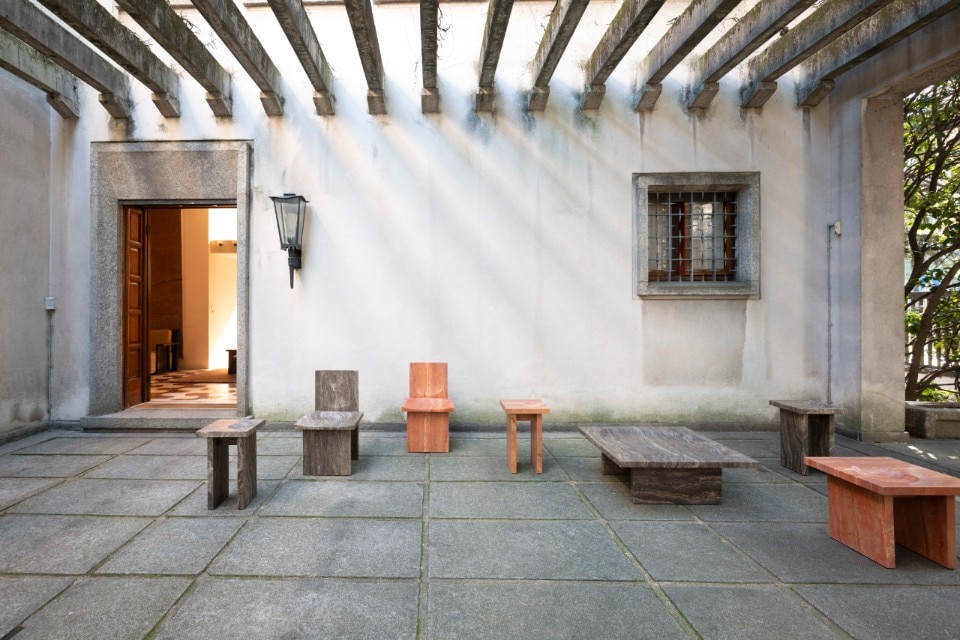
Each room, still preserved in its original state and impeccable condition, is adorned with movable furniture meticulously crafted by the Borsani family or in collaboration with the writers and artists associated with the family business over the years. However, what truly captivates is the design of the built-in furniture, fixtures, niches, and concealed compartments for domestic necessities, often integrated seamlessly within the walls. It’s as if to demonstrate that when an object’s function, and thus its form, isn’t meant to stand alone or be showcased within a space, it becomes absorbed by the architecture. Yet, the architecture dutifully preserves its invaluable functionality – a testament to the essence of design, product, and furniture, which is forged by liberating itself from the confines of the architectural envelope.
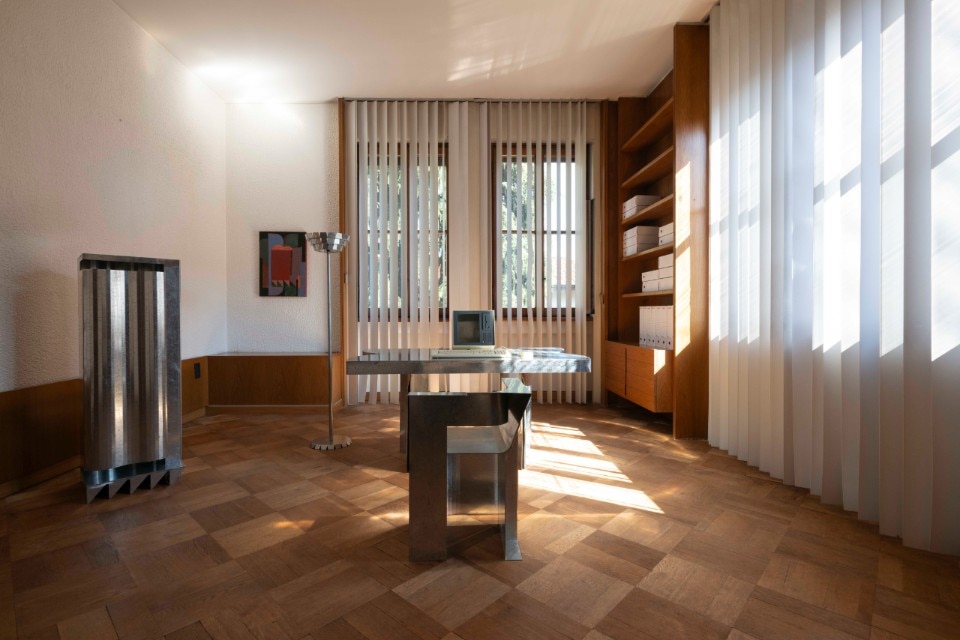
One of the most striking features of this interior is found in the basement, where, alongside various storage rooms and cellars, a recreational area awaits guests. Here, sliding a decorated panel reveals a spectacular integrated and pass-through bar.
Amidst these innovations and the array of objects adorning the villa’s rooms, other significant elements stand out. These are the numerous artworks crafted for specific occasions by artists who frequented the Borsani family. Considered genuine works of art, they include designs such as Arnaldo Pomodoro’s bed headboard, Agenore Fabbri’s seating, Alessandro Voltan’s door and window frame surfaces, Adriano Spilimbergo’s bathroom decorations, and Lucio Fontana’s fireplace covering in the living room.
This rich decorative ensemble for the furnishings harmoniously aligns with the interior style, enriched by ornamental surfaces imbued with the expressive qualities of the materials employed.
This design philosophy is key to understanding the typological layout of Villa Borsani, characterized by a careful distribution of spaces that seamlessly flow between different levels, blurring the boundaries between interior and exterior.
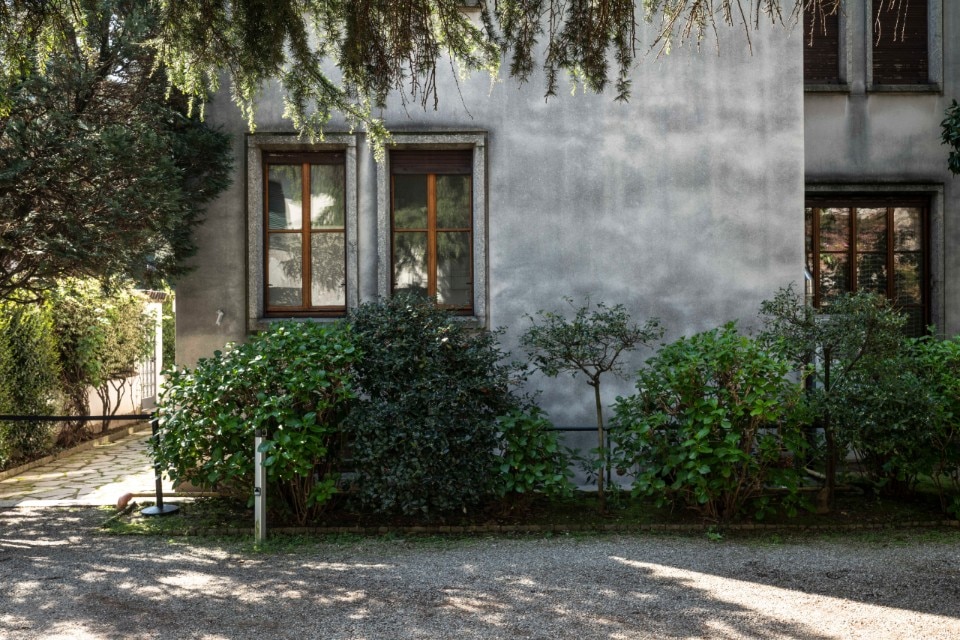
The architectural language employed reflects the roots of Modernism, distant from the more audacious and contemporary rationalist avant-gardes. However, it strikes a balance between classical and modern styles, between decorative tradition and innovative expression, where austere exteriors frequently conceal brilliant interiors.
The historical significance of the site, emblematic of artistic integration and a manifesto of interior design, remains unquestionable.
Stepping briefly back into the area’s history and the interplay between villas and design, it’s worth noting the presence of Villa Bagatti Valsecchi in Varedo, not far from the Borsani property. This older, grander villa belonged to the Milanese noble family of the same name, who settled in the area in the 1700s. Towards the late 1800s, the family, particularly brothers Fausto and Giuseppe, engaged in significant art collection and architectural endeavors, laying the foundation for the Bagatti Valsecchi Museum in Milan, which is not to be missed.
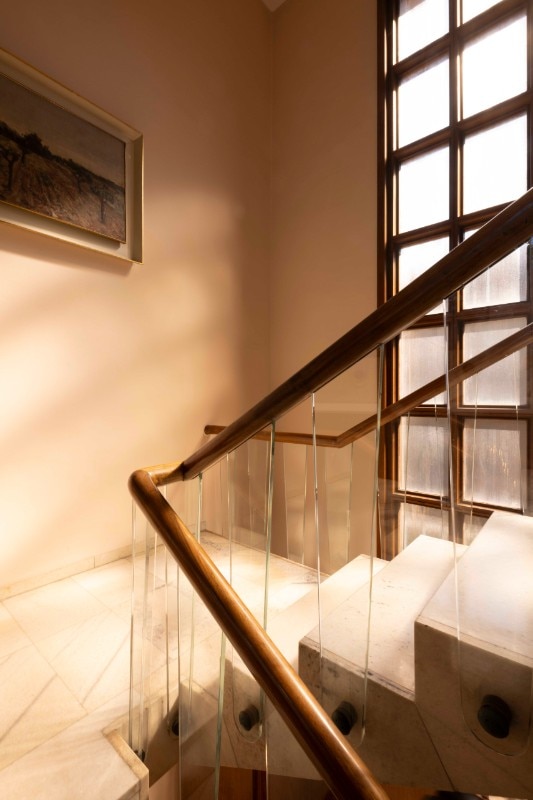
During Design Week 2024, Alcova, a private contemporary design firm, aptly positioning itself as “a platform for designers, companies, institutions and researchers investigating the future of living and making,” has chosen to use these two provincial sites, where it all began, for a compelling cultural convergence, a century after the inception of decorative arts exhibitions.


